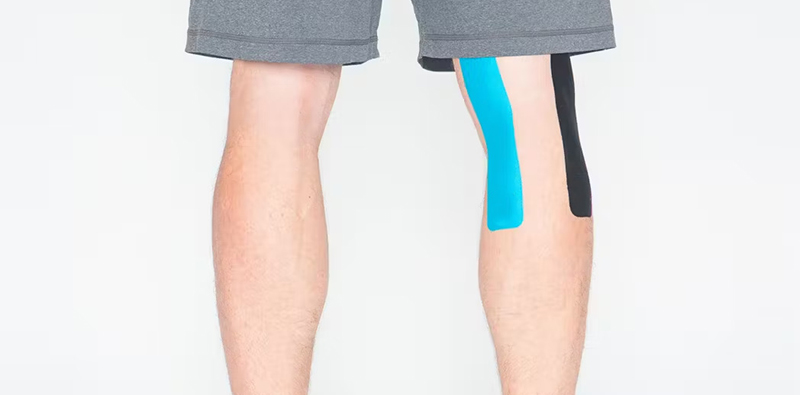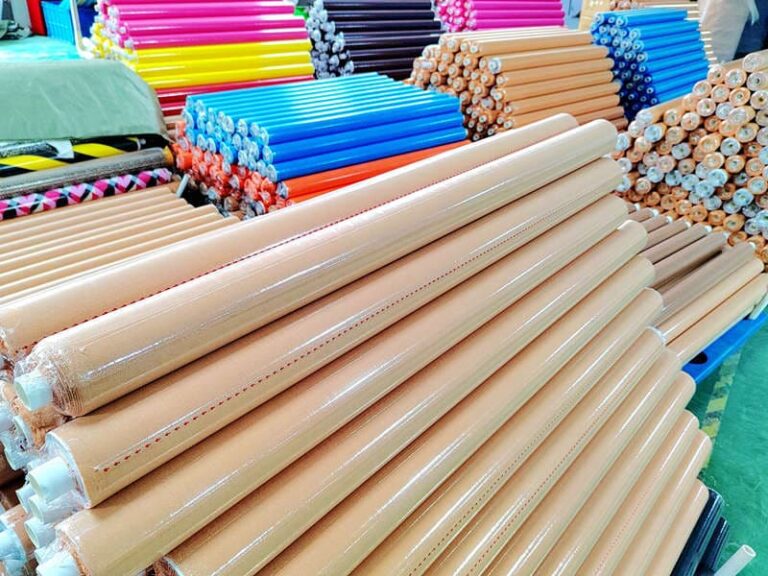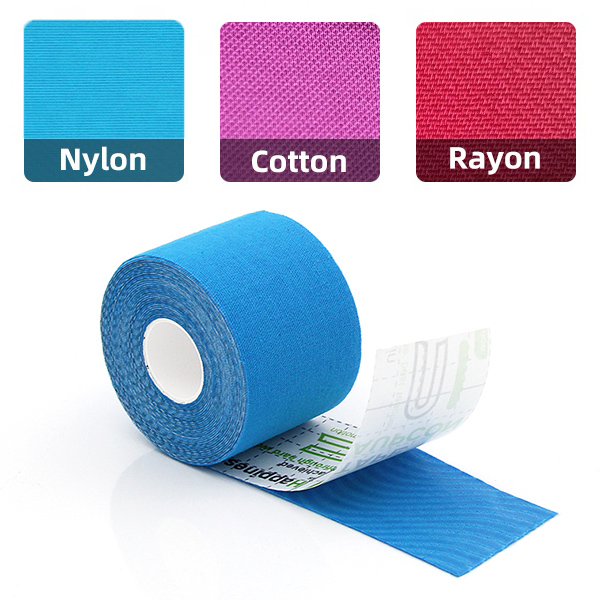Of course, through flexible application, therapy tape knee can relieve Knee Pain, Medial Knee Pain, Runner’s Knee, Quadriceps Tendonitis, Meniscus Tear, Patellofemoral Pain Syndrome, etc.. It is not a panacea, but if used properly following the AUPCON tutorial, the tape can provide support, pain relief, and improved function for your knee.
So, how do you use tape to fix the back of the knee, and what are its specific effects? Continue reading below.

What does it mean when the back of the leg behind the knee hurts?
As we all know, the knee is one of our body’s largest and most complex joints. It supports almost all our weight when walking, running, and jumping, which is a lot of work.
Among the many knee pains, one area may not attract everyone’s attention: the back of the knee, which is often called the popliteal fossa.
Popliteal fossa pain does not refer to a specific injury. There are many reasons for popliteal fossa pain. Although these reasons vary in severity, some risks aggravate if not taken seriously.
The hamstrings, also known as hamstrings, are located in the back of the thigh and are composed of three main muscles: biceps femoris, semimembranosus, and semitendinosus. The easiest and most common pain in the back of the knee is hamstring fascia pain. When hamstring fascia pain occurs, trigger points are generated and activated in the hamstrings. When there are trigger points in the biceps femoris, pain will occur in the back and outside of the knee; when there are trigger points in the semitendinosus and semimembranosus, pain will occur in the lower edge of the buttocks and the upper edge of the back of the thigh. Sometimes, the pain will radiate down the back of the thigh, the knee fossa, and the calf.
Patients usually feel very uncomfortable sitting for a long time, especially when the edge of the seat presses on the thigh. It will be excruciating to stand up, causing pain and discomfort when walking, and even limping because of the pain. The simplest and most common way is to use kinesiology tape back of knee to help you solve this problem.
The role of kinesiology tape back of knee
Relieve pain
Gently lifting the skin helps relieve pain in the popliteal area (behind the knee) and relieve pressure on nerve endings.
Improve blood circulation and reduce swelling
The back of the knee is prone to fluid accumulation. Using kinesiology tape back of knee helps lymphatic fluid circulation, helps the body reabsorb excess fluid, and reduces inflammation and swelling.
Provide support without restricting movement
Adding slight tension to the tait can effectively support the hamstrings, gastrocnemius muscles, and other soft tissues behind the knee, and help reduce overuse or strain during exercise.
Enhance body awareness (proprioception)
Help improve knee coordination and reduce the risk of further injury. For athletes, simply sticking the kinesiology tape back of knee on the skin can prompt the brain to focus more on the exercise, thereby reducing stress.
How do you bandage the back of the knee?
First, you need to prepare two I-shaped kinesiology tape back of knee of suitable length. The two ends should be cut into rounded corners with tape scissors to reduce the warped edge. Then wipe off the dirt on the skin of the back knee to keep it clean, thoroughly activate the adhesiveness of the tape, and gently stick it to the skin. For specific operation steps, watch the tutorial video below to learn how to use kinesiology tape.

Summary
For back knee pain, using kinesiology tape back of knee can effectively help treat and relieve it. Find a good quality tape that suits you. I recommend the sports tape produced by AUPCON Kinesiology Tape Manufacturer, integrated production and quality inspection, support customization and wholesale services, and sending it to you by a suitable courier. It is very convenient. You are very welcome to come to consult and learn about it.



